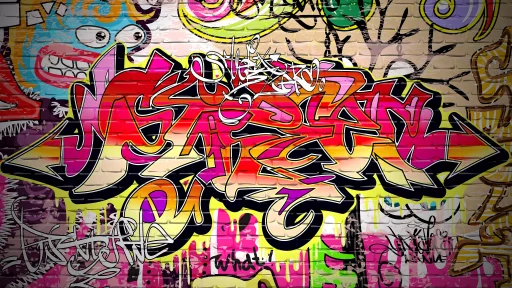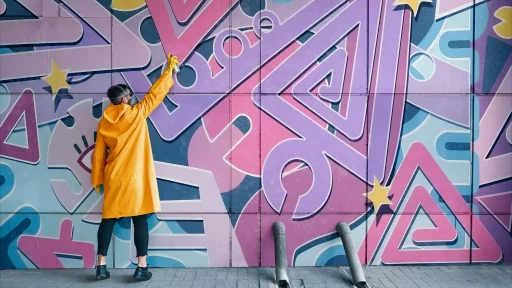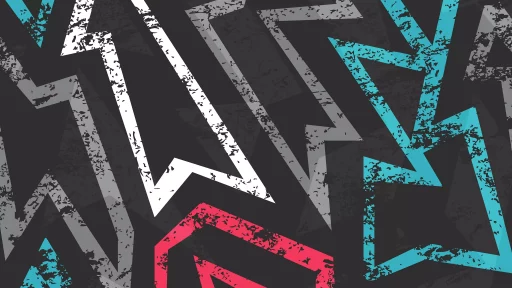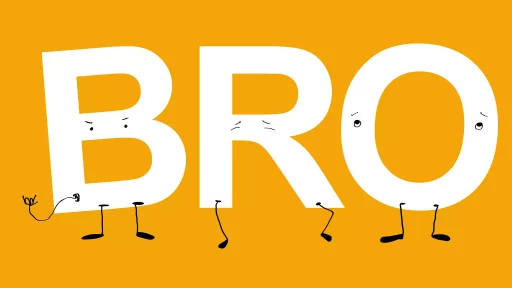Introduction to PBR
PBR, or Pabst Blue Ribbon, is more than just a beer brand; it has become a cultural phenomenon and a staple in various communities across America. This article will delve into the term’s meaning as defined by the Urban Dictionary, its origins, and its significance in contemporary culture.
The Definition of PBR in Urban Dictionary
In Urban Dictionary, PBR is often described in a humorous and sometimes irreverent manner. Common definitions highlight its reputation as a cheap beer choice for those on a budget or its association with hipster culture. For example, one definition states:
- PBR: “A beer chosen by people who want to appear trendy while being broke.”
This definition illustrates how PBR is seen as both a common choice for affordability and a symbol of current trends.
The Cultural Significance of PBR
PBR has transcended being just a beverage. Over the years, it has made its mark in various subcultures. Here are a few notable points:
- Hipster Culture: PBR is often associated with the hipster movement, where it represents a laid-back lifestyle and a rejection of mainstream consumerism.
- Music Festivals: The beer is commonly found at music festivals, where its affordability and casual branding resonate with festival-goers.
- Art and Community Events: PBR has also sponsored various arts-related events, reinforcing its association with creative communities.
PBR in Popular Media
PBR has made various appearances in films, shows, and music, which has helped cement its place in pop culture. For instance:
- Movies: Often portrayed in indie films to depict characters who embrace an alternative lifestyle.
- Television: Many sitcoms feature PBR as the beer of choice for youthful, rebellious characters.
- Music: Numerous songs reference PBR, often evoking feelings of nostalgia and simplicity.
The Marketing of PBR
PBR has not only thrived on its cultural significance but also on innovative marketing strategies. The brand focuses on grassroots marketing efforts, including:
- Social Media Engagement: The company utilizes platforms like Instagram and Twitter to connect with younger audiences.
- Sponsorships: PBR sponsors local events, art exhibitions, and even extreme sports competitions to foster community connections.
- Unique Packaging: The retro can design appeals to the nostalgia of older consumers while attracting hipsters looking for authenticity.
Case Studies: PBR’s Surprising Comeback
In the early 2000s, PBR faced declining sales as craft beers began to dominate the market. However, through strategic repositioning and an unexpected revival, PBR reclaimed its spot. Key strategies included:
- Collaboration with Artists: Partnering with local artists to create unique can designs resonated well with target demographics.
- Creating Promotional Events: Hosting events that celebrate local culture and creativity helped to engage communities and boost brand visibility.
- Embracing the DIY Movement: PBR’s marketing aligned well with DIY trends, fostering strong community ties.
According to industry reports, PBR’s sales increased by 8% from 2017 to 2019, a notable achievement in a declining beer market.
Statistical Insights
A recent survey of beer consumption patterns noted that PBR is particularly popular among younger adults:
- Approximately 38% of drinkers aged 21-30 reported trying PBR at least once in the past year.
- PBR ranks in the top 5 most recognized brands among those who identify as part of the millennial demographic.
- Local bars and breweries noted an uptick in PBR orders during events focused on indie music and art.
Conclusion
Pabst Blue Ribbon is more than a cheap beer; it represents a lifestyle and cultural trends that resonate deeply with many. Its appearances in Urban Dictionary highlight its dual identity as both affordable and trendy, making it a relevant choice from budget-conscious consumers to hipsters seeking authenticity. Through smart marketing and community engagement, PBR has been able to evolve and thrive amidst stiff competition, demonstrating the impact of cultural significance on consumer preferences.




